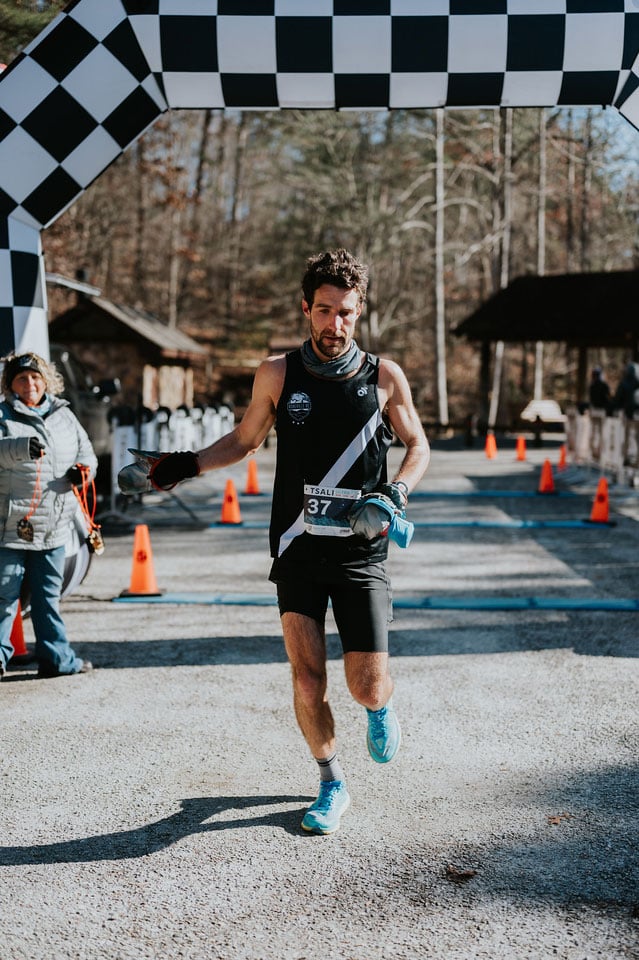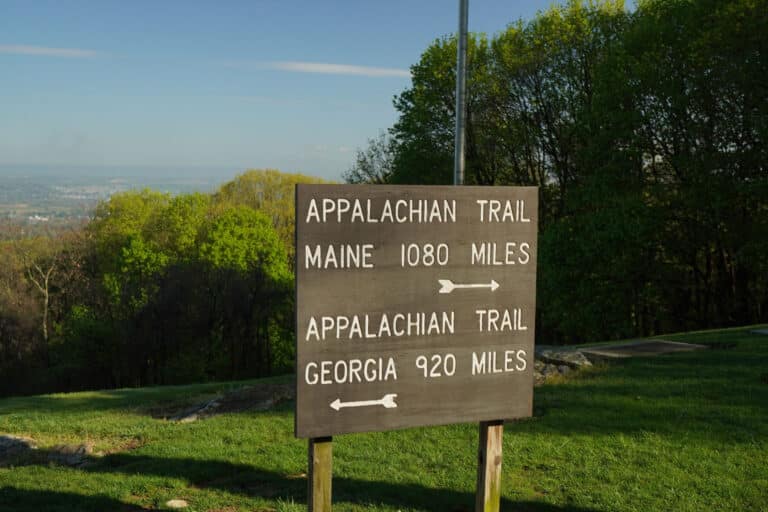Into the Wild
Few photographers immerse themselves in the wild as deeply as James Ford. This outdoor photographer lives on a boat, climbs deep into caves, spends long nights in swamps, and sleeps in trees to photograph wildlife. He also finds wildlife photography opportunities while longboarding through urban landscapes late at night.
Self-taught and using only a few used lenses, Ford has become one of the premier wildlife photographers in the Southeast. He is especially recognized for his photography of red wolves—one of the most critically endangered species on the planet. Only 25 red wolves remain in the wild—all in the northeast corner of North Carolina where James resides.
BRO: How did you get into wildlife photography?
JF: For a while in my life, I was lost and didn’t have a purpose. I found it through a camera.
My first camera was a crappy YouTube camera. One night, coming home from work at a pizza parlor, I saw a coyote in the shadows of a Walmart parking lot. I decided to follow it. Eventually, I started photographing coyotes. I quickly learned the different coyotes in my part of town and their personalities. I still didn’t know how to work a camera, though.
Photographing red wolves is what taught me real photography. The last wild red wolves in the world live in a wildlife refuge nearby and are on the brink of extinction, so I committed myself to photographing them—one of the most rare and elusive animals in the wild. I went out before dawn and late at night, in the rain, fog, wind, and cold. Those things forced me to learn every setting on my camera. I figured the better image of a wolf I could get, the more people would care about them.
BRO: What have red wolves taught you?
JF: Red wolves have amazing and diverse personalities—some are curious, others are secretive. They also have deep family bonds, and their social interactions are incredibly complex.
I started photographing red wolves when there were only seven or eight left in the wild. Now their numbers are up to 25, but they are still dangerously close to disappearing from the wild. Gunshot is the leading cause of mortality, and vehicle strikes have killed four red wolves in the past year.
Red wolves—and coyotes and other predators—are not the villains they have been made out to be. They are brilliant, adaptable survivors with families to feed and pups to raise. I am awestruck by them.
They are an important and healthy part of the landscape. I hope we can find a way to coexist.
BRO: Any wildlife photography tips or insights?
JF: Do what you fear. I was claustrophobic, so I decided to start caving. I was terrified of heights, so I started sleeping in trees.
Wildlife can sense your intention. If you move through the landscape with calm and ease, and with an attitude of respect, they will sense that and become more comfortable with you.
I often walk barefoot, which allows me to move without easily alerting wildlife of my presence and it’s less intrusive.
BRO: What have been some memorable photography moments?
JF: I brought my 11-year-old son with me to photograph red wolves early one morning. He got to hear the red wolves howl in the wild just before the sun came up. Right after the howl, a red wolf ran across the field—and then stopped and just stared at him for a second. It was a beautiful and humbling moment for all of us.
View James Ford’s wildlife photography on Instagram: @wildlifeofvb
Red wolves urgently need wildlife crossings
The world’s most endangered canine should not be roadkill
Last month, a beloved juvenile red wolf named Muppet was killed by a vehicle strike —the fourth red wolf road mortality in the past year. Muppet’s father was also killed by a vehicle strike six months earlier along the same stretch of Highway 64, which runs through Alligator River National Wildlife Refuge in North Carolina.
Muppet’s tragic death brings North Carolina’s beleaguered red wolves one step closer to extinction. Only 25 red wolves remain in the wild, making them the most endangered wolves on the planet.
Muppet — also known as 2410M — was the first-born of his pack and was named for his conspicuously long neck. After Muppet’s father died last fall, Muppet stepped up to fill in his role. Muppet helped protect the pups that his father left behind and even looked after his mother.
Muppet was less than two years old when he died. In addition to Muppet and his father, two other red wolves have been killed by vehicles in the past year in the same area.
Fortunately, there is a solution already in the works: wildlife crossings across Highway 64. Wildlife crossings in the red wolf refuge are a win-win: they protect human lives and can save red wolves from extinction. In addition, they would safeguard dozens of other species ending up as roadkill, including black bears, bobcats, and river otters.
Wildlife crossings also protect human lives. Wildlife collisions kill more than 200 people in the U.S. every year and cause $10 billion in damages. North Carolina is considered by insurance companies to be a high-risk state for wildlife collisions, and seven percent of all vehicle crashes statewide involve animal strikes.
An anonymous funder has recently committed to matching $2 million to build wildlife crossings in the red wolves’ refuge. If an additional $2 million can be raised this summer, it could be leveraged to generate $20 million in state and federal funding for wildlife crossings in the red wolves’ refuge.
Your support could give red wolves a fighting chance at survival. Learn more at saveredwolves.org.
Cover photo: Photo by James Ford








